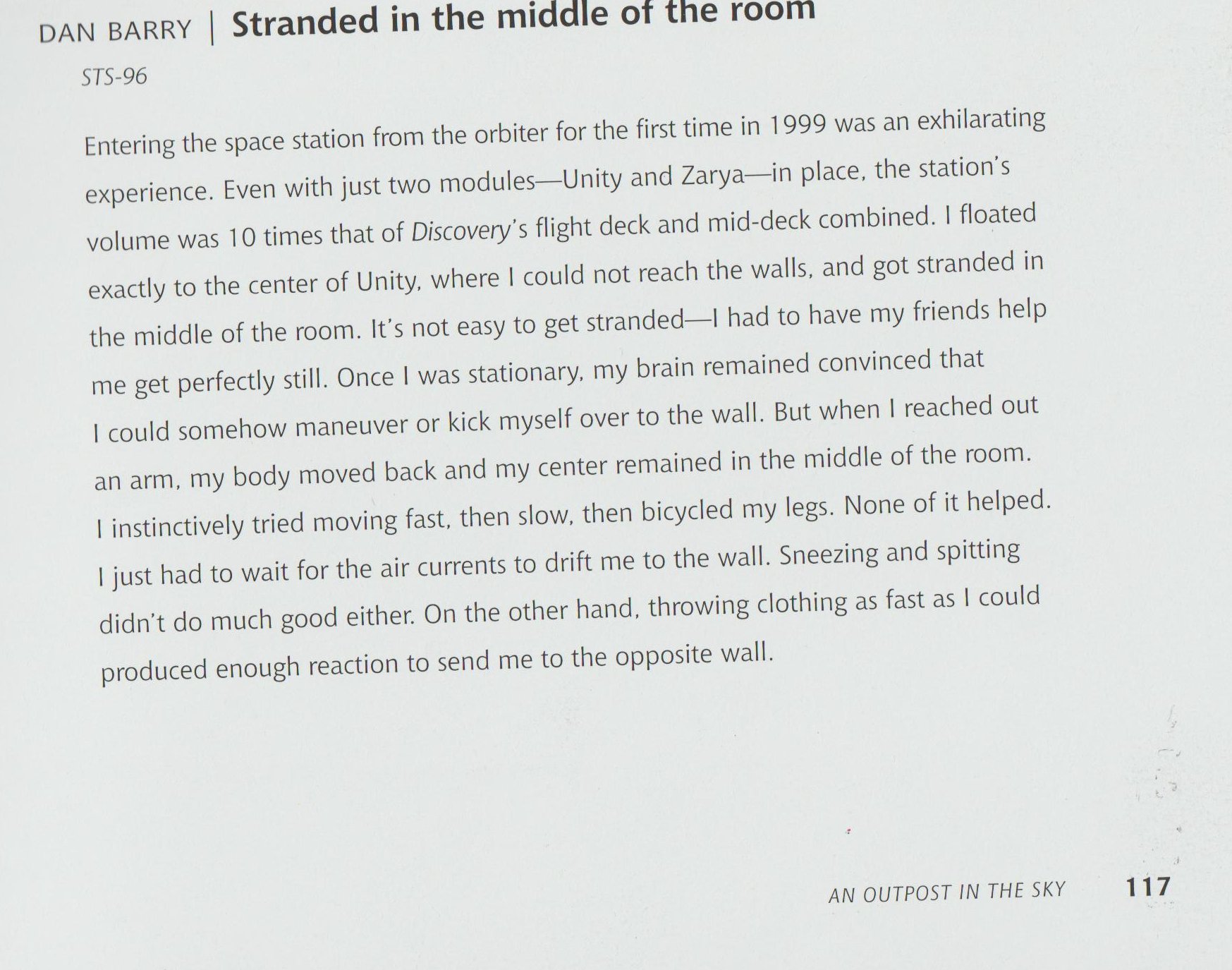Breath in with mouth, and generate thrust from nostril, continue until you have escaped danger
Provide external stimulants pass through the nasal hairs to reach the nasal mucosa, allowing one to trigger controlled directional upper body muscle movements (for quickest results).
Honestly can not understand why the down vote, but here are the detail.
Airflow Dynamics of Human Jets: Sneezing and Breathing
The "Emergency Forced Nostril Thrust Generator", has an aim to provide
controlled directional thrust using nothing more than human body movements.
As you can see from the image provided in this journal , the classical theory of utilizing breathing to accumulate velocity in order to escape is inefficient at best for two reasons.
1.The classic theory does not appear to hold in microgravity condition
The traditional notion was, breath in slow from everywhere, breath out fast focused, and off you go.
However looking at air/fluid movements in the ISS indicate otherwise.
Here are the maths. Let Air density be p , surface area of mouth A, and velocity of airflow from mouth be u, the following holds when breathing out.
$-pAu2$ of work is preformed over time. therefore, inverse thrust of $pAu2$ is generated to move forward.
While the airflow from the lung to the mouth follows a single route, as soon as it reaches outside the mouth, the airflow scatters to every possible direction regardless of shape of nozzle. The net volume of in and out still remains the same unless you change the inlet and outlet vector to a different direction. If there was even a sight change in airflow direction, this will be due to the density of air itself. (as there is no such thing as natural flow of air under microgravity condition. Remember just WHY the ISS forced air conditioning to be turned on ? ). In a nutshell, when you breath out air in microgravity, the air just sits there, you gain no net thrust if you keep facing the same direction. You can not rely for external shape of airflow to propel your self.
The field of fluid dynamics appear to represent a closer model of airflow under microgravity condition than the classical earth model that we are used to...
2. Motion control problem
When we attempt to use breathing as the self propellent method, the difficulty lies in changing the motion vector. You want to limit the body movement as much as possible here, yet generate a controlled thrust.
The nostril, is located to the far end of the body mass, yet faces downwards, towards the center of gravity, with the mouth opening located approximately 90 degrees angle, allowing the inlet and outlet to be positioned on a different plane at any given time, a very desirable property. And the thrust generated is always controlled by how much air one breathes in.
Why I asked to stick up a alien object up the nose
The question we have is a very real and likely scenario, that can happen in emergency situations. Under the assumption, it would not be a good idea to just expect life support and other air flow systems to be working (you would not be stuck if they were functioning correctly the first place anyway)
"Provide external stimulants pass through the nasal hairs to reach the nasal mucosa, allowing one to trigger controlled directional upper body muscle movements" really is the quickest and most efficient way to instantaneously generate thrust to evacuate danger with minimal resource. (but I guess people just thought I was fooling around.)
Reasoning in Design
Given the condition, you really only have Air as possible propellant.
There is a known engineering problem between size/efficiency for providing
air thrust by a mechanical turbine engine.
This leaves us in a well known problem of limited mass, limited power,
a area that has been worked upon in Earth, under the field of Human powered Aircraft design.
The key in such constraints is to replace as much engineering components as feasible with the human body, using the human body as part of the design instead of being just a payload.
When designing for a theoretical thrust generator, you have two options (1) place it at the center of gravity, or (2) at the tip of the structure, directing the nozzle towards the center of gravity.
Using the nostril and facing downwards, I honestly believe that this is a very elegant solution for providing controlled thrust in a controlled manner.
It allows one to replace the nozzle and air thrust generator with the nostril and lungs.
The final piece of puzzle is "controlled upper body muscle movements", and here I intentionally did not write sneeze as that was not what I meant.
While it is true, that the MacGyver style experiment (pepper up the nose) proposed is unpleasant, it was to show just how much potential thrust the human body can generate when appropriate muscles are worked upon in the desired order.
It may appear silly, but I am always dead serious about my answers.
